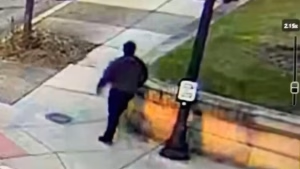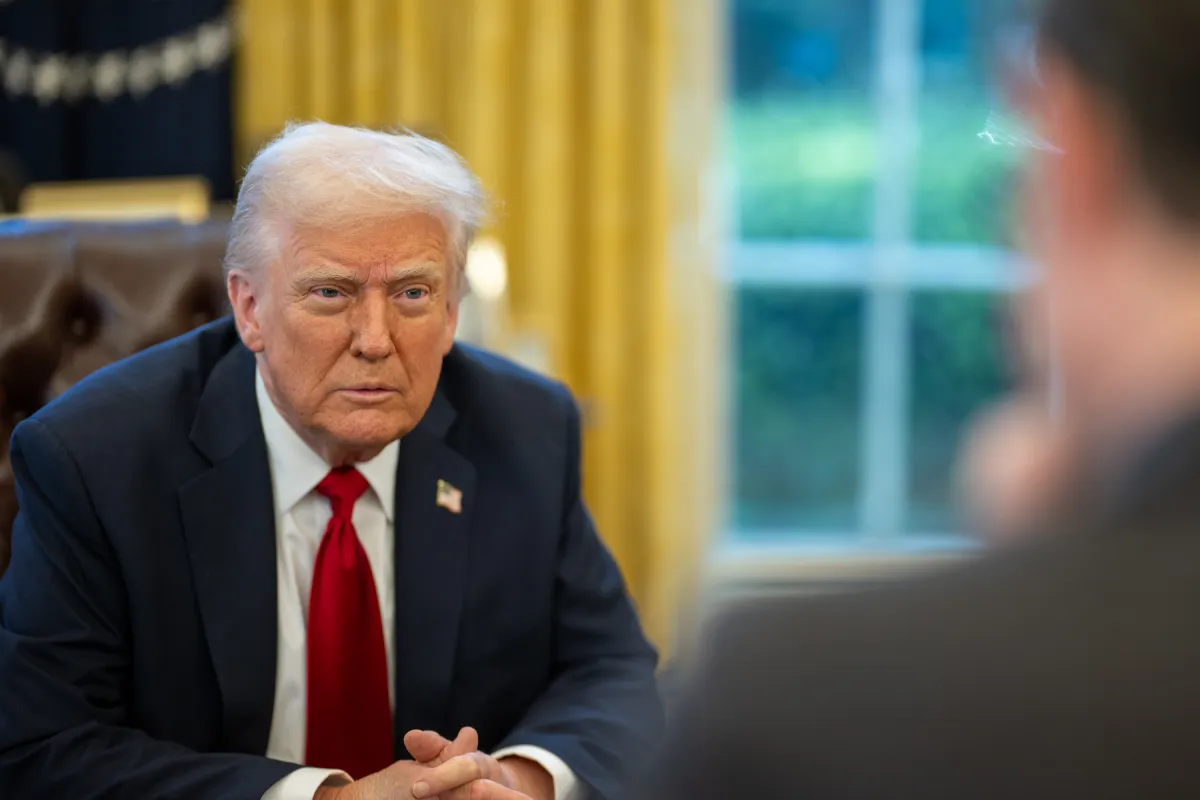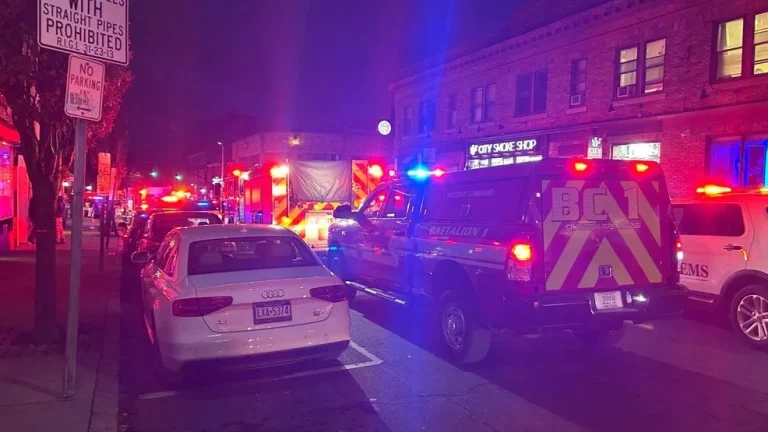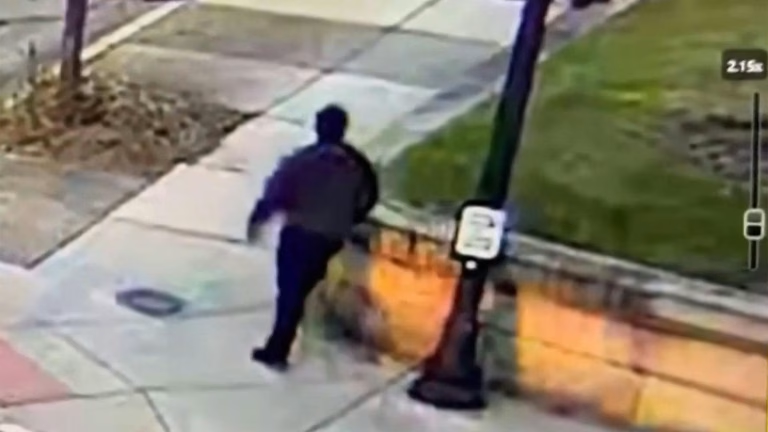Trump Signs Executive Order Targeting Flag Desecration
President Donald Trump has taken a bold step into one of the most controversial free speech debates in America. On Monday, he signed an executive order instructing the Justice Department to pursue criminal penalties against individuals who burn or desecrate the American flag.
The order, which calls flag burning “provocative” and “a threat to public safety,” lays out penalties that include a mandatory one-year jail sentence. Trump said the move reflects the will of the American people, who see the flag as more than just cloth but as a unifying national symbol.
“If you burn a flag, you get one year in jail, no early exits, no nothing. You get one year in jail, and it goes on your record,” Trump declared in the Oval Office. “You will see flag burning stop immediately.”
Why Trump Calls It a National Priority
The president argued that defending the American flag is as important, or more important, than protecting public monuments. He described flag burning as an act that deliberately provokes anger and division.
“People in this country don’t want to see our American flag burned and spit on by paid agitators,” Trump said. He added that such acts often trigger violent confrontations, creating a public safety risk that extends far beyond political protest.
Trump also acknowledged the constitutional complexity, noting that courts have long recognized flag burning as protected expression under the First Amendment. But he warned that the issue is not simply about speech — it is about preventing chaos.
“When you burn a flag, the area goes crazy,” Trump explained. “If you have hundreds of people, they go crazy. It incites riots at levels we’ve never seen before.”
A Clash With the Supreme Court
Trump’s order is expected to ignite immediate legal challenges. For more than three decades, Supreme Court precedent has shielded flag desecration as symbolic speech.
In the 1989 case Texas v. Johnson, the Court struck down a Texas law banning flag burning, ruling 5-4 that the First Amendment protects offensive expression. A year later, in United States v. Eichman, the justices reinforced that ruling by invalidating a federal law with similar restrictions.
Those decisions made clear that government cannot prohibit expression solely because it is offensive or unpopular. Trump’s directive, however, directly challenges that principle, raising the possibility that today’s Court — with its new composition — could revisit the issue.
Supporters and Critics Weigh In
The executive order has divided opinion along familiar political lines. Supporters say it reflects the need to defend national honor at a time when protests and demonstrations have sometimes spiraled into violence. They argue that freedom of speech should not extend to acts that directly inflame communities or threaten public order.
Critics, on the other hand, contend the order is unconstitutional from the start. Civil liberties groups point out that symbolic speech, no matter how offensive, is precisely the type of expression the First Amendment was designed to protect.
“This is a clear attack on free speech,” one constitutional law expert said. “The Supreme Court has ruled on this issue twice, and both times the answer was the same: government cannot jail people for burning a flag.”
The Political Stakes
Beyond the courtroom, Trump’s directive carries significant political weight. It taps into a deep cultural divide between Americans who see flag burning as a legitimate form of protest and those who see it as a desecration of the nation itself.
For Trump, the move reinforces his image as a defender of patriotism and law and order. His allies argue that it also highlights a broader theme: that freedoms come with responsibilities, and that some actions go too far in undermining the unity of the country.
What Happens Next
Legal challenges are all but certain. Courts will need to determine whether an executive order can override precedent set by the Supreme Court — a question with enormous implications for constitutional law.
If the issue reaches the justices again, it could force the Court to reconsider whether its earlier rulings still stand. With a new makeup on the bench, the outcome may not be as predictable as in decades past.
For now, Trump has made his position clear: flag burning, once tolerated as protest, will be met with punishment. And with that, the nation braces for another constitutional showdown that pits free expression against national unity.

James Jenkins is a celebrated Pulitzer Prize-winning author whose work has reshaped the way readers think about social justice and human rights in America. Raised in Atlanta, Georgia, James grew up in a community that instilled in him both resilience and a strong sense of responsibility toward others. After studying political science and creative writing at Howard University, he worked as a journalist covering civil rights issues before dedicating himself fully to fiction. His novels are known for their sharp, empathetic portraits of marginalized communities and for weaving personal stories with broader political realities. Jenkins’s breakout novel, Shadows of Freedom, won national acclaim for its unflinching look at systemic inequality, while his more recent works explore themes of identity, resilience, and the fight for dignity in the face of oppression. Beyond his novels, James is an active public speaker, lecturing at universities and participating in nonprofit initiatives that support literacy and community empowerment. He believes that storytelling is a way to preserve history and inspire change. When not writing, James enjoys jazz music, mentoring young writers, and traveling with his family to explore cultures and stories around the world.









